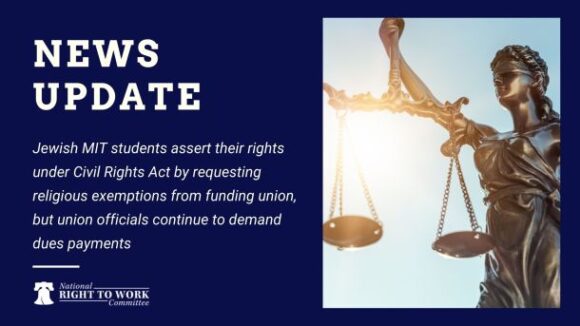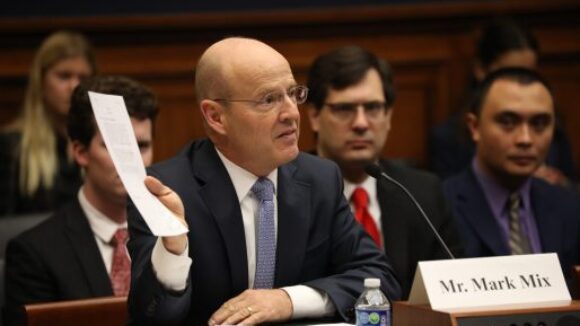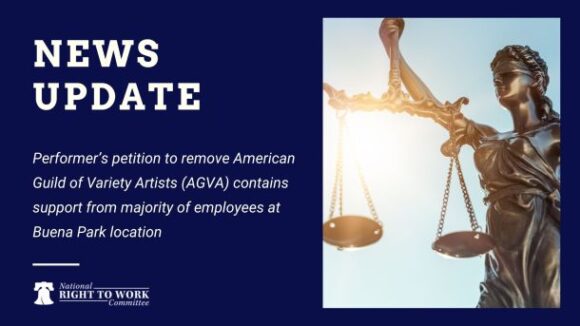A recent poll demonstrates that voters in Wisconsin favor giving all workers the Right to Work. Reason reports:
Wisconsin may perhaps be on the road to passing right-to-work legislation. According to a recent Reason-Rupe poll of 708 Wisconsin residents, 51 percent favor a law in Wisconsin “that would no longer require workers in unionized companies to pay union dues as a condition of employment.” This number is largely unchanged (52 percent) among likely voters.
Governor Scott Walker’s controversial Act 10 made paying public union dues voluntary, effectivelymaking union membership also voluntary and public sector employment right-to-work. Now that Walker has survived the recall election, should we expect Wisconsin’s private sector to also move toward the right-to-work column in the near future?
Public sector workers are most likely to oppose a right-to-work law in Wisconsin, with 58 percent in opposition; however, 53 percent among private sector workers approve. Others who strongly oppose are those with a post-graduate degrees (57 percent), Occupy Wall Street supporters (56 percent), Democrats (55 percent), and households with union members (53 percent).
Those who favor right-to-work legislation in Wisconsin include 68 percent of Tea Party supporters, 66 percent of Republicans, 61 percent among those over sixty-five years old and 57 percent among those aged forty-five to fifty-four, and 54 percent among those making more than $75,000 a year and 53 percent among those making less than $30,000 a year.
Right to Work
Some historical perspective is useful here. In the 1930s it was argued that federal intervention in labor markets was necessary to resolve disputes between labor and business. In 1935 Congress passed the National Labor Relations Act (NLRA) or the Wagner Act, setting up the National Labor Relations Board (NRLB) as the official arbiter of labor unions. With sufficient employee support, a company’s employees could petition to receive union authorization. Only one union would be permitted per business. Since businesses were required to only negotiate with the one union, they were required to collectively bargain with union representatives over pay and working conditions. It also required employees of unionized companies to pay union dues as a condition of employment.
Twelve years later, the Taft-Hartley Act amended the NLRA, allowing states to pass right-to-work laws that prevented unions from requiring companies to fire workers who refused to join the union. Essentially, right-to-work laws made union membership voluntary and brought the choice of paying union dues back to the individual.


